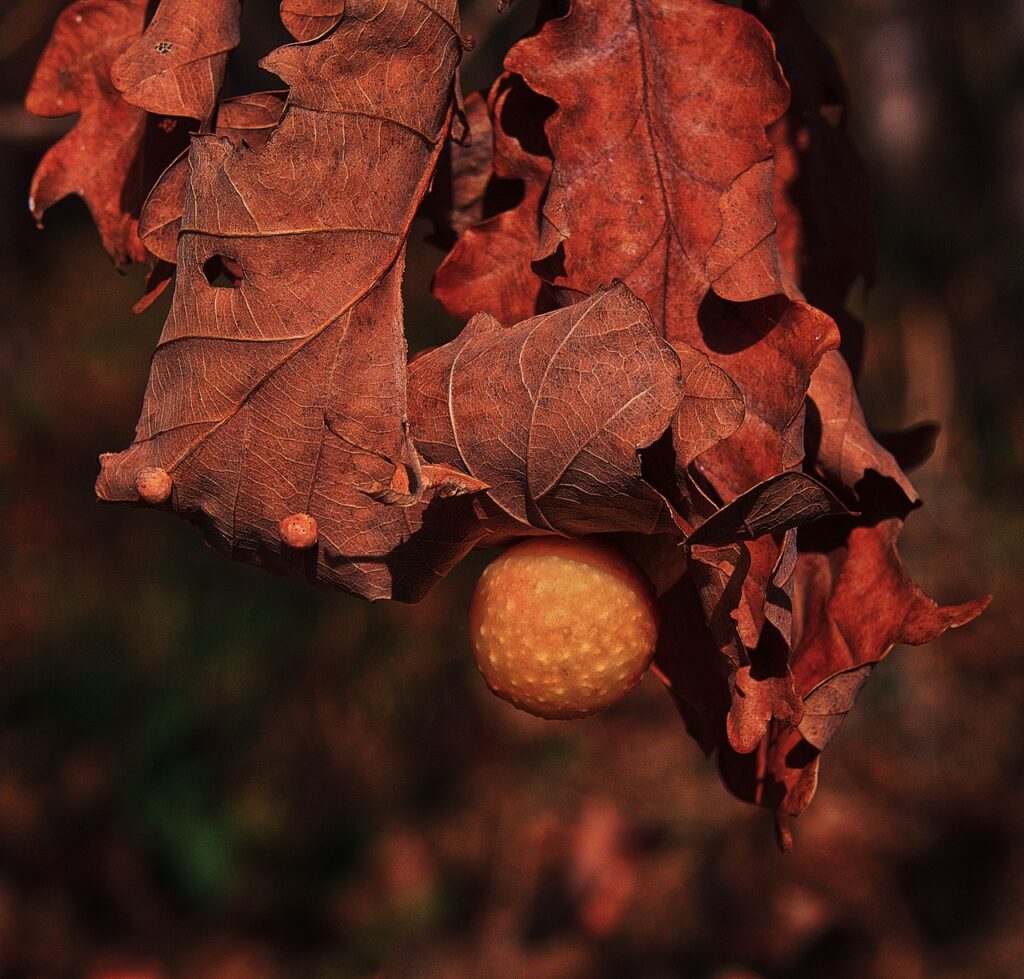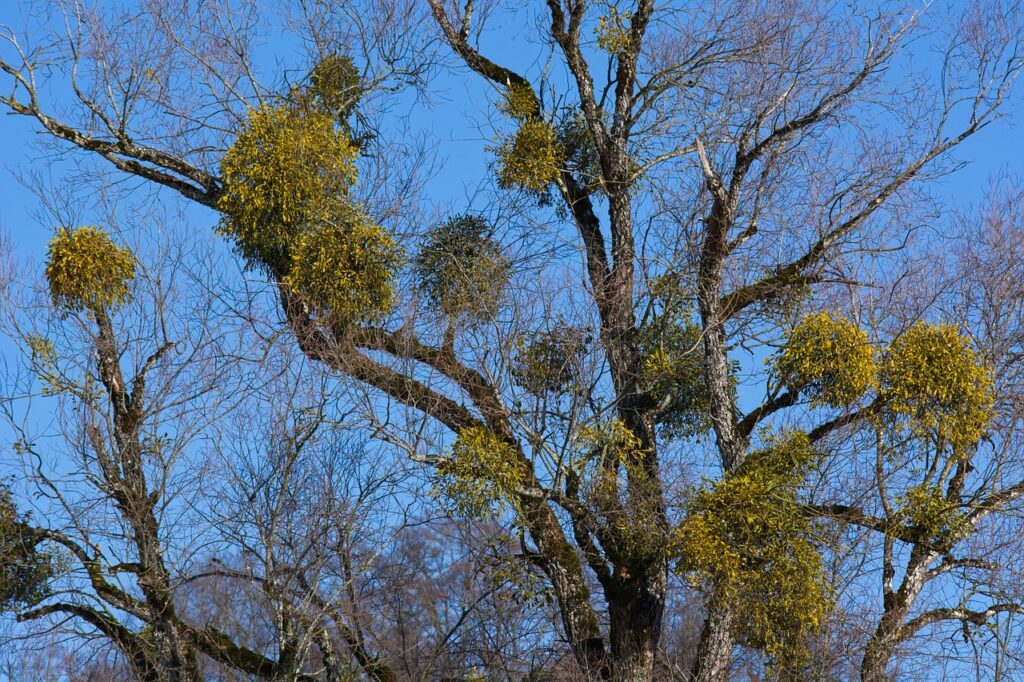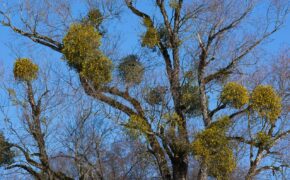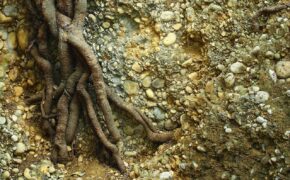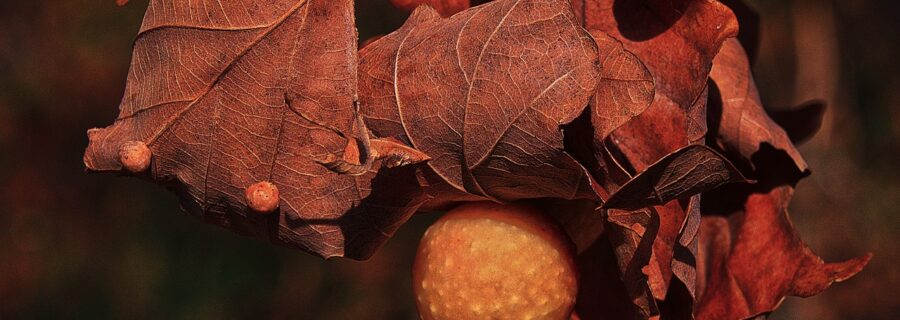
Get a quick no obligation quote It’s free and will only take a jiffy!
What are These Growths on my Tree? Galls Explained.
Strange growths on your tree? It may be suffering from a growth of galls. Read on to learn what galls are, what they look like, why they develop, and how to deal with them to keep your tree healthy and visually appealing.
If you’ve spotted unusual growths on your tree, perhaps that look like small plums or berries, your tree may be suffering from a growth of galls.
Galls are abnormal plant growths caused by various organisms, such as insects, fungi, bacteria, or mites. They appear in different colours, including red, and resemble small bumps or lumps. They are sometimes mistaken for fruits, or other issues.
What causes galls on trees?
Galls develop when certain insects, fungi, bacteria, or mites interact with the plant, causing it to grow in a strange way. It’s like the plant is having a reaction to these organisms, much like a rash or bump on human skin.
Galls come in many different shapes and sizes, with their appearance varying widely depending on the type of plant and the organism causing the gall. They don’t usually harm the plant significantly, but they can look a bit odd and often cause concern for tree owners.
One of the most well-known types is the oak apple gall, which is commonly found on oak trees. These round, apple-like growths are caused by tiny wasps that lay their eggs in the tree’s tissues. When the larvae hatch, the tree reacts by forming the gall around them.
Another common type is the leaf gall, which appears as small, raised bumps or blisters on the leaves of trees like maples, hickories, and elms. Leaf galls are often caused by mites or fungi, and while they can make the leaves look unsightly, they generally don’t harm the tree.
Other types of galls include stem galls, which can cause swelling on the branches or stems of plants, and root galls, which affect the root system.
Each type of gall is usually associated with a specific organism, such as a certain type of insect, mite, or fungus. The relationship between the plant and the organism is often highly specialised, meaning that a particular species of gall-maker will only target a specific type of plant.
Why do galls appear on trees?
Galls appear on trees as a result of interactions between the tree and certain organisms, primarily insects, mites, fungi, or bacteria.
When these organisms invade the tree’s tissues, they release chemicals or hormones that manipulate the plant’s normal growth patterns. For example, tiny wasps or gall midges often lay their eggs inside tree buds or leaves, and the tree responds by forming a gall to encase the developing larvae.
Similarly, mites and fungi can trigger the formation of galls as a defensive reaction by the plant. These organisms essentially hijack the tree’s growth process to create a sheltered environment where they can feed and develop.
Environmental factors can also play a role in gall formation. Trees that are stressed due to poor soil quality, drought, or improper care are often more susceptible to galls.
Stress weakens the tree’s natural defences, making it easier for organisms to invade and cause these abnormal growths.
Ensuring that trees are healthy, well-watered, and properly maintained can help reduce the likelihood of galls appearing, although it may not prevent them entirely.
Are galls harmful to trees?
Galls can be a cause for concern for tree owners, but in most cases, they are not significantly harmful to the tree.
While galls may look unsightly, especially when they cover leaves, stems, or branches, they rarely impact the tree’s overall health. The majority of galls do not interfere with the tree’s ability to grow or produce leaves, flowers, and fruit. They are more of a cosmetic issue than a serious threat.
However, in rare cases where galls are extremely numerous or persistent, they can put additional stress on the tree. This is particularly true for young trees or those already weakened by other factors, such as poor soil, drought, or disease.
In such instances, the tree may become more vulnerable to further problems, like pests or fungal infections. That said, most healthy, mature trees can handle a gall infestation without any long-term damage.
What should I do about galls on my tree?
When it comes to dealing with galls, the best course of action for most tree owners is simply to leave them alone.
In many cases, galls will resolve without causing significant harm to the tree. Since the organisms that cause galls are often part of a natural cycle, trying to remove or treat them can be more trouble than it’s worth. However, if the galls are particularly bothersome or unsightly, natural treatments, such as pruning affected branches or using insecticidal soaps, can help reduce their presence.
It’s important to know when to call a professional. If galls are widespread, or if the tree shows other signs of distress, like excessive leaf loss, dieback, or stunted growth, or it’s a fruit tree that’s stopped producing fruit, it’s a good idea to consult a tree surgeon.
A professional can assess the tree’s health and recommend more targeted treatments or interventions to prevent further issues.
Preventive care is also the key to minimising gall formation. Keeping trees healthy through regular watering, mulching, and pruning can strengthen their natural defences. By reducing stress on the tree and providing the right growing conditions, you can help make it less susceptible to the organisms that cause galls.
When to be concerned – other tree growths that might signal trouble
While galls are usually harmless, not all growths on trees are as benign. It’s important for tree owners to distinguish galls from more serious issues, such as fungal infections, cankers, or parasitic plants like mistletoe.
Fungal infections often manifest as discoloured patches, powdery coatings, or unusual growths on the bark or leaves, and they can weaken the tree over time.
Cankers are sunken, dead areas on the bark that can spread and potentially kill branches or even the entire tree if left untreated.
Parasitic plants attach themselves to trees and can rob them of water and nutrients, leading to decline in health over time.
Regular tree inspections are crucial to spotting these more serious issues early. Knowing the difference between harmless galls and growths that could signal trouble can help tree owners take appropriate action.
Spotted something unusual on your tree? Talk to TH Trees Ltd.
If you notice something unusual on your tree and are unsure of its nature, it’s always a good idea to consult a tree professional. Early detection and intervention can prevent minor problems from becoming major threats to the tree’s health.
At TH Trees Ltd, we are on hand to assess your tree and offer a tailored solution. If you are about your tree, please don’t hesitate to get in touch with the experts at TH Trees Ltd.
Had a fallen tree in the early hours of Monday morning, called for quote and the team had it cleared on the same day. Really good communication when the lads were onsite and did a great job. Lots of pride in their work shown with the thorough clear up. Would thoroughly recommend.
Thank you Stuart for your kind review. We were glad to be able to help you with your fallen tree. If there's anything else you need in the future, please don't hesitate to get in touch.

